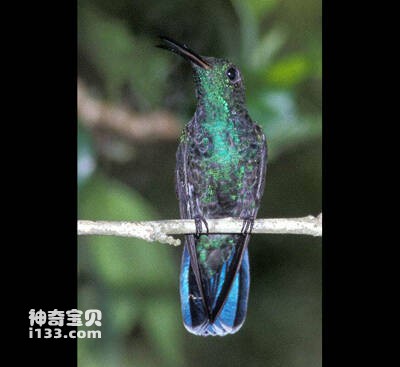
Anthracothorax viridis
Anthracothorax viridis
The green mango hummingbird's scientific name is Anthracothorax viridis,···
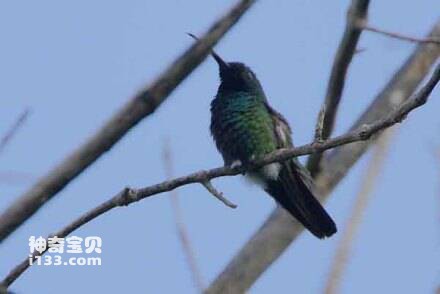
Anthracothorax viridigula
Anthracothorax viridigula,Green-throated Mango
The Green-throated Mango hummingbird is known as Anthracothorax viridigula a···
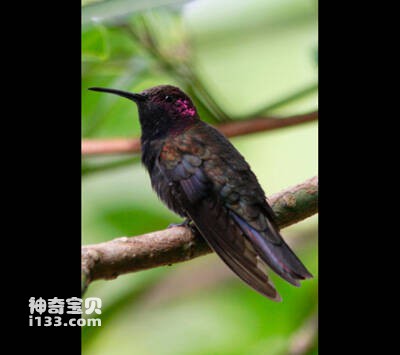
Anthracothorax veraguensis
Anthracothorax veraguensis,Veraguan mango
The Panamanian mango hummingbird (Anthracothorax veraguensis) is known by it···
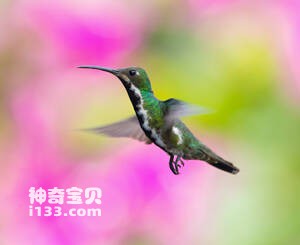
Anthracothorax prevostii
Anthracothorax prevostii,Green-breasted Mango
The habit of the Green-breasted Mango (Anthracothorax prevostii) is unknown.···
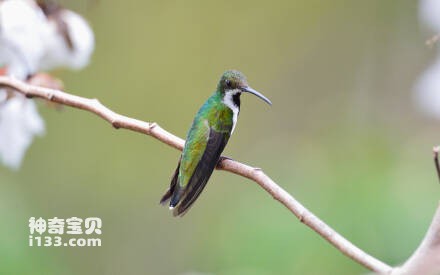
Anthracothorax nigricollis
Anthracothorax nigricollis,black-throated Mango
The black-throated Mango hummingbird (Latin: Anthracothorax viridigula), the···
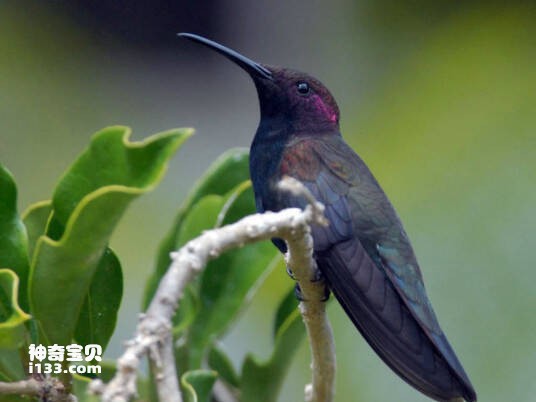
Anthracothorax mango
Anthracothorax mango,Jamaican Mango
The Jamaican Mango hummingbird is known as Anthracothorax mango and Jamaican···
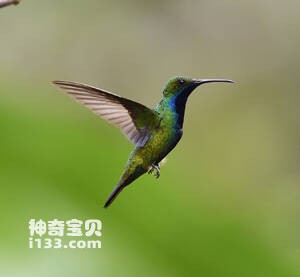
Anthracothorax dominicus
Anthracothorax dominicus,Antillean mango
The black-breasted mango hummingbird (Anthracothorax dominicus) Antillean ma···
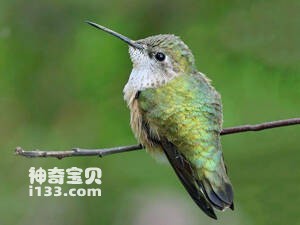
Androdon aequqtorialis
Androdon aequqtorialis,Tooth-billed Hummingbird
Tooth-billed Hummingbird, <span style="text-indent: 2em;" Tooth···

Anthocephala floriceps
Anthocephala floriceps,Blossomcrown
The flowering hummingbird is known as Anthocephala floriceps or Blossomcrown···
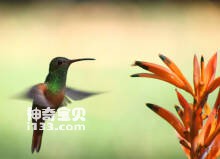
Amazilia yucatanensis
Amazilia yucatanensis,Buff-bellied Hummingbird
The brown-bellied Hummingbird is Amazilia yucatanensis and Buff-bellied humm···
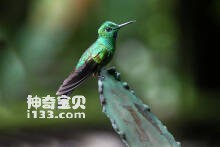
Saucerottia viridigaster
Saucerottia viridigaster,Green-bellied Hummingbird
The Green-bellied Hummingbird (Latin name: Saucerottia viridigaster) is know···
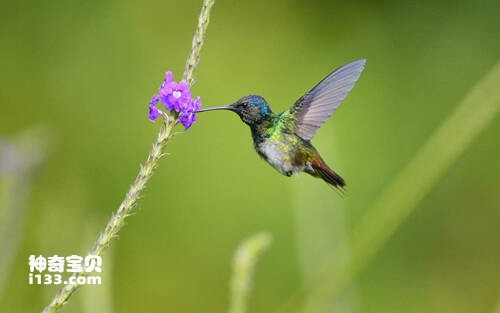
Agyrtria viridifrons
Agyrtria viridifrons,Green-fronted Hummingbird
Agyrtria viridifrons, or Green-fronted Hummingbird, is unknown.Protect wild ···
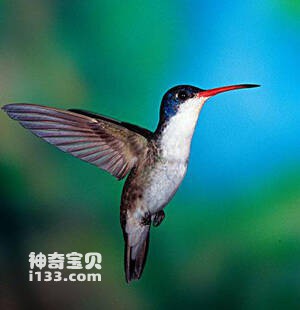
Agyrtria violiceps
Agyrtria violiceps,Agyrtria violiceps
The hummingbird's scientific name is Agyrtria violiceps, the foreign nam···
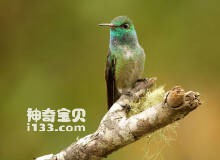
Agyrtria versicolor
Agyrtria versicolor,Versicolored Emerald
The bird's scientific name is Agyrtria versicolor, and its foreign name ···
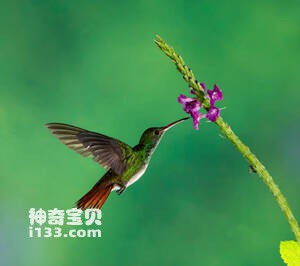
Amazilia tzacatl
Amazilia tzacatl,Rufous-tailed Hummingbird
Latin name Amazilia tzacatl, English name Rufous-tailed Hummingbird, the spe···
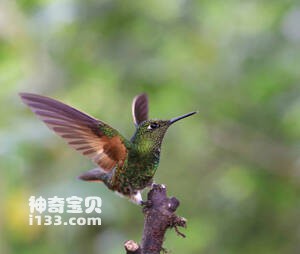
Saucerottia tobaci
Saucerottia tobaci,Copper-rumped Hummingbird
The Copper-rumped Hummingbird is known as Saucerottia tobaci and copper-rump···
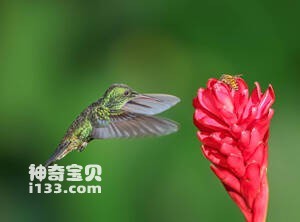
Saucerottia saucerrottei
Saucerottia saucerrottei,Steely-vented Hummingbird
Saucerottia saucerrottei and Steely-vented Hummingbird are unknown.Protect w···
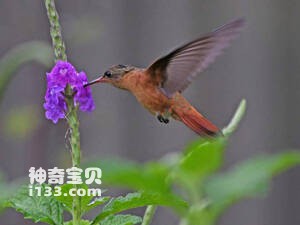
Amazilia rutila
Amazilia rutila,Cinnamon Hummingbird
The bird is named Amazilia rutila and Cinnamon Hummingbird, but its habits a···
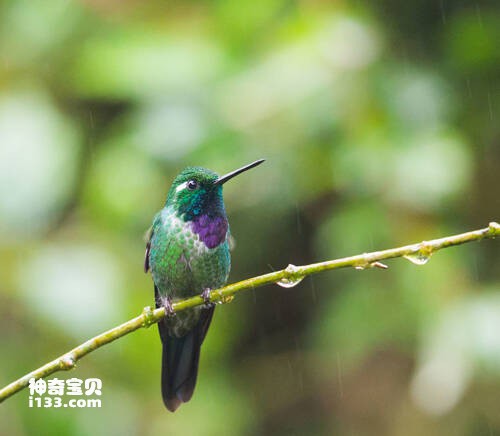
Polyerata rosenbergi
Polyerata rosenbergi,Purple-chested Hummingbird
Its scientific name is Polyerata rosenbergi, and its foreign name is Purple-···
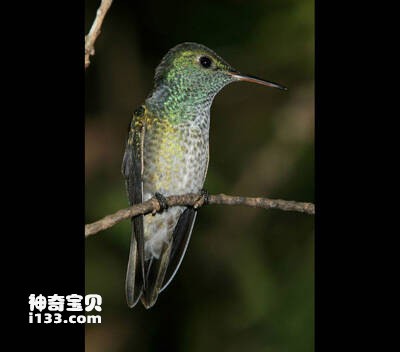
Amazilia rondoniae
Amazilia rondoniae,Rondonia Emerald
Madeira hummingbird scientific name Amazilia rondoniae, foreign name Rondoni···
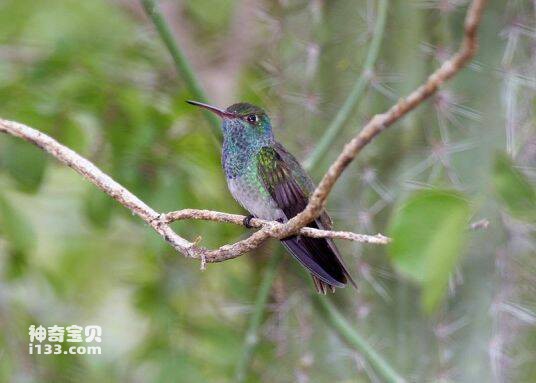
Polyerata luciae
Polyerata luciae,Honduras Emerald
The specific habits of the Honduran hummingbird (Latin name: Polyerata lucia···
